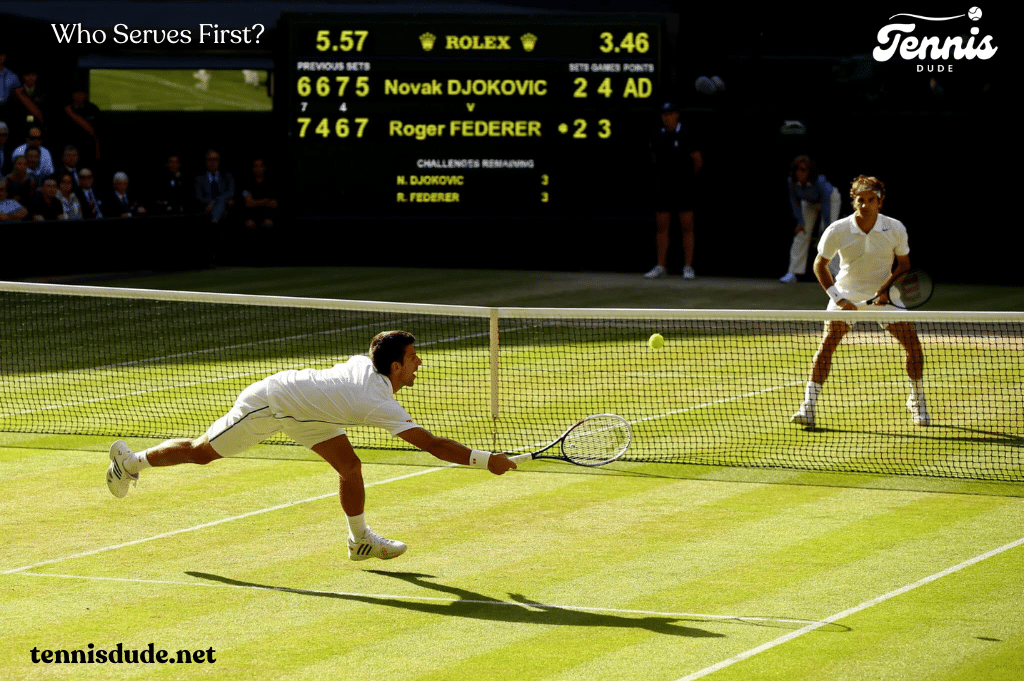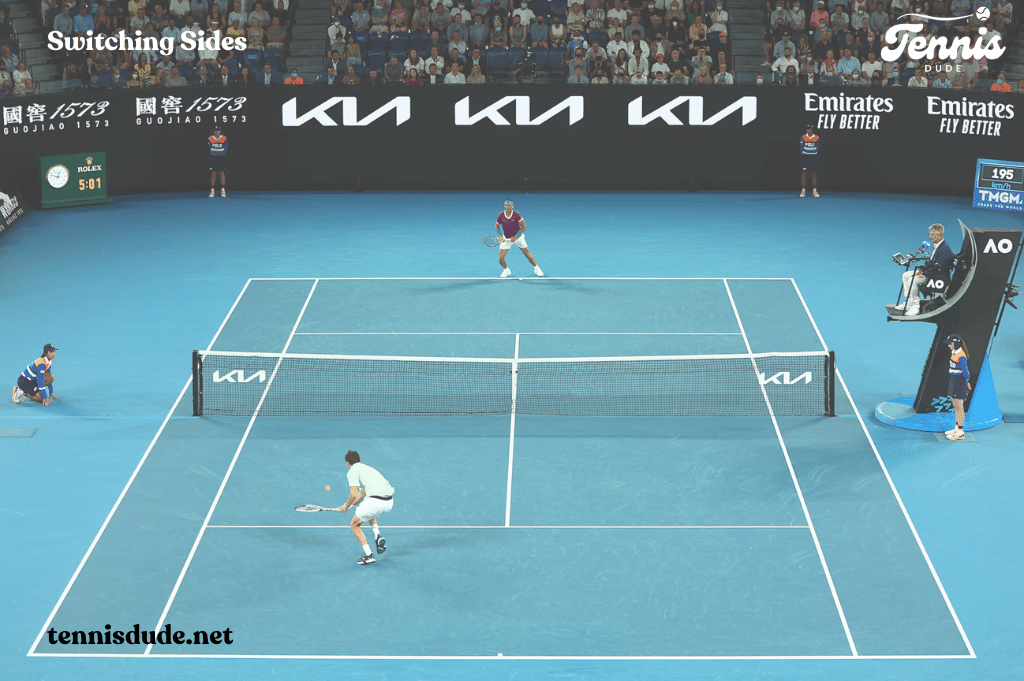Table of Contents
Tennis is a game of precision and strategy where each player scores against the opponent. Although there are defined sets of rules for playing this racket sport, the players might come across varying rules following different scenarios. Suppose you have played your best tennis shot, yet the score is 6-6, i.e., a tie for both teams. This is where the tennis tiebreak kicks in. It is referred to as a special scoring system, which is played to decide the winner of the set. So, if you have encountered such a situation in your game, don’t worry; we have covered you. In this article guide, we will cover 11 points related to tennis tiebreak rules, which will help to decide the outcome of the game.
Tiebreaks in tennis are an important tool for deciding the outcome of close matches. Knowing the rules of tiebreak and its tactics will dramatically improve your play on the court.
Fundamentals of a Tiebreak in Tennis
When a tennis set reaches 6-6, it’s time for a tiebreaker to settle the score faster than an endless rally. Unlike a regular game, tiebreaks add a pinch of intensity and a dash of adrenaline to determine who takes the set. Bonus: some competitions throw in a 10-point tiebreaker for that final touch of suspense!
Why Use a Tennis Tie Breaker?
Tiebreaks save everyone from long matches that test endurance more than skill. They ensure players aren’t completely drained before the next round. Even Grand Slams like the Australian and French Open have hopped on the tiebreak train.
Who Serves First?
The tiebreak begins with the player who would’ve served next in the regular rotation, so the flow of the match stays consistent. They serve the first point solo, and then it’s a switch every two points.
- The first server serves once; after that, switch every 2 points.
- Helps keep rhythm and fairness intact.
- Follows the serving order from the final game of the set.
How Does Scoring Work?
Scoring in a tiebreak is simple—no 15, 30, or 40 here! Instead, points are counted numerically (1, 2, 3, etc.), making it easy for everyone to track who’s edging closer to victory.
- Tiebreak uses simple points: 1, 2, 3, etc.
- First to 7 (win by 2) wins.
- Keeps things clear and easy for everyone to follow.
Switching Sides
In a tiebreak, players switch sides after every six points to even out any advantages from the sun, wind, or court wear. This keeps the playing field as balanced as possible.
- Switch sides after every 6 points.
- Helps balance sun, wind, and court conditions.
- Keeps the game fair for both players.5. The Impact of the Serve in Tennis Tiebreak Rules
The Serve Factor
Serving in a tiebreak is high-stakes, so players must focus on accuracy and avoid risky errors. A well-placed serve can tip the balance, while a double fault could cost the game.
- Precision and consistency are key.
- Avoid double faults—they’re deadly here.
- Mix up serve placement to keep your opponent guessing.
Return of Serve in Tiebreak
In a tiebreak, strong returns keep the pressure on the server, forcing them to fight for every point. Aim for deep returns to gain control and offset their serve advantage.
- Go for deep returns to offset the server’s advantage.
- Mix up speed and placement for unpredictability.
- Keeping returns in play keeps pressure on the server.
Strategic Shot Selection
An aggressive shot selection can keep your opponent on their toes while mixing in lobs or drop shots can disrupt their rhythm. Playing smart and varied shots is crucial in a tiebreak.
- Go for powerful shots when possible.
- Mix in lobs, drop shots, and volleys.
- Unpredictable shots can throw off your opponent’s rhythm.
Control Anxiety
Tiebreaks are nerve-wracking, but the key to winning is staying calm and collected. Focus on each shot, ignore distractions, and trust your training to carry you through each point.
- Stay focused on your strategy, not the score.
- Use deep breaths and positive self-talk.
- Practice handling pressure for real matches.
Fitness Matters
Fitness is essential in a tiebreak, as players need to stay sharp and energized to win these crucial points. Conditioning helps ensure you can perform at your best under high intensity.
- Stamina training is crucial.
- Agility drills keep you quick on your feet.
- Helps maintain energy levels through intense points.
Doubles Communication
In doubles tiebreaks, clear communication is key; partners must coordinate their strategy and encourage each other to stay focused. Teamwork can be the deciding factor!
- Communicate openly with your partner.
- Call shots and strategize between points.
- Stay positive and supportive to keep team morale up.
Observe and Adjust
In a tiebreak, being adaptable is an asset; study your opponent’s patterns, find their weaknesses, and shift your game plan as needed. A keen eye and flexibility are game-changers.
- Notice your opponent’s favorite shots and movements.
- Be ready to adapt your tactics as needed.
- Flexibility is key to staying one step ahead.
Learn from Experience
Every tiebreak is a learning opportunity, whether you win or lose. Reflect on what worked and what didn’t, and take those lessons forward to improve your future games.
- Review past tiebreaks to refine tactics.
- Identify what worked and what didn’t.
- Treat every tiebreak as a chance to grow your game.
However, if you want to learn more about tiebreak types and strategies, read this article.
Conclusion
Wrapping up, the article covered details on tennis tiebreak rules to help decide who wins on the set. Regarding this important scoring method, 11 rules have been covered so players can play with precision and enjoy the game. Read this article guide and learn about this important technique now.





